10 Mothers-in-Law Who Know How to Stir the Pot

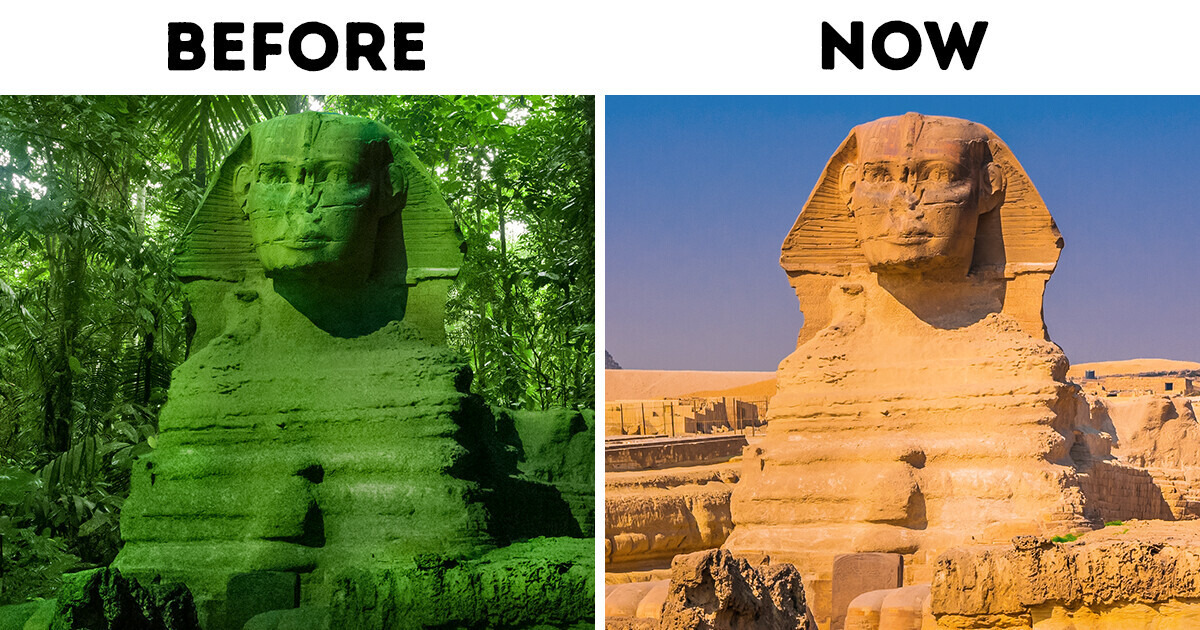
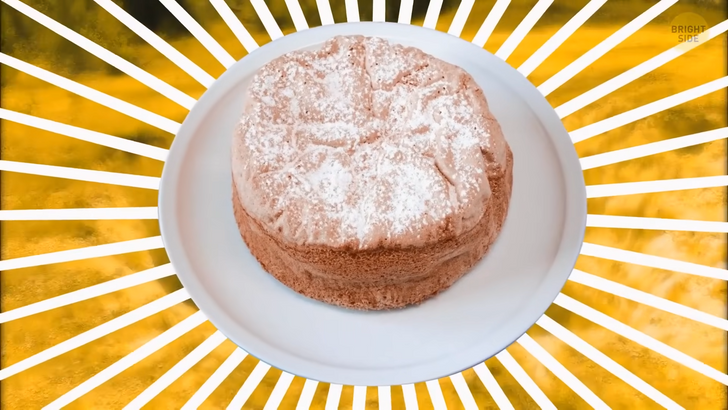
The baking spot is in nature, specifically in a hot springs field. You better watch your step, so you won’t get burned by the hot vapor jolting from the ground! Now, a local baker shares their traditional rye bread recipe with you. Rye flour, check. Yeast, check. You mix it all together and pour it into a metal pot. Next on the list is digging the hole where you’ll place the pot to bake! You dig for about 16 inches until you can see water bubbling from the ground.
If you want to do it like a local, you’ll use your finger to check the water temperature. Yikes! That’s hot. Actually, the ground is heated by lava. Iceland is one of the most volcanic regions in the world — with over 30 active volcanoes at any one time. After you bury the bread in volcanic soil, you leave it there and wait 24 hours until it’s ready. The next day, the bread is fully baked and super tasty. Ah, and the best part is, you just participated in an ancient Icelandic tradition. People have been doing this since at least the 1800s.
Imagine it’s your first day of work in a museum, and your assigned task is to clean the mask of Tutankhamun. You grab your cleaning utensils and then — oh, no. This can’t be happening! You just broke Tutankhamun’s beard! I’d never wish this to happen to anyone. But this is actually a true story. Back in 2014, an employee at the Egyptian museum knocked off the beard of Tutankhamun’s mask and glued it back on, hoping no one would notice.
This mask was discovered in 1922 and is considered one of the 10 symbols of our human civilization. Oh, and the best part of this story? It took historians until 2016 to discover the poor glue job! So, if you visited the museum between 2004 and 2016, maybe you saw the glued beard!
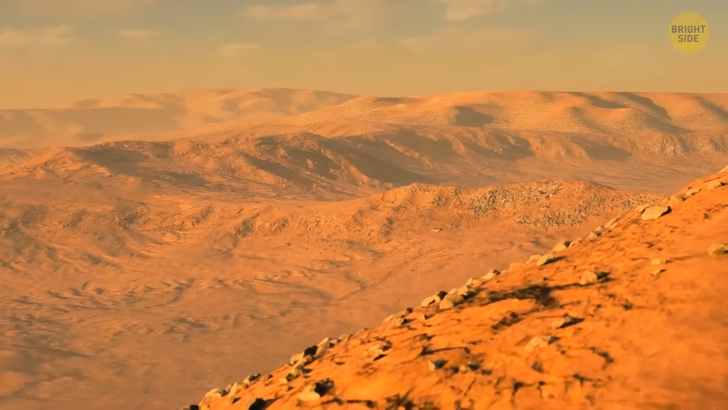
If I say Sahara, what comes to mind? An infinite desert landscape, right? Well, according to scientists, the Sahara isn’t always a desert. From time to time, it becomes green! But you probably won’t be seeing this in your lifetime. Every 10,000 years, the Sahara lives through a humid period, where the sand gives way to lush green vegetation and sparkling lakes. This happens due to a tilt in the Earth’s axis, which affects different weather patterns around the globe.
Can you imagine the Sphinx surrounded by rainforest? It’s mind-blowing! And speaking of the Sahara. Say you traveled back to 1800 BCE. If you timed it right, you might get to see the construction of the so-called Black Pyramid in the city of Dahshur. These are not the famous Giza pyramids, but they served the similar purpose of being a final resting place.
In 1892, archeologists excavating the area found an important part of the Black Pyramid that was lost for centuries. The benben, also called a pyramidion, was the tip of ancient Egyptian pyramids. A benben consists of a solid block, usually made of limestone. Most of them were covered with gold and reflected the first rays of light from the sun every day. Hm, can anyone get me a time machine, please?

Remember when you ate something really spicy, your cheeks turned red? Apparently, that can happen to birds too! For example, canaries can change colors after eating peppers. These birds have a special pigment that allows them to switch shades depending on their diet. So if a yellow canary eats red peppers, it can turn orange or red!
Can rocks move on the ground on their own? Well...you might be under that impression if you visit Racetrack Playa in California. The site is a dry lakebed and home to one of the world’s strangest phenomena: the so-called sailing stones. Think hundred-pound rocks, moving around alone, leaving behind trails as long as 1,500 ft! They were discovered in the 1900s, and until recently, no one was lucky enough to be on the site while they were moving.
It was only in 2014, after much observation and research, that scientists solved this mystery! The sailing stones appeared because of the perfect balance between wind, ice, and water. When it rains, the water that falls on the ground freezes and forms a coat of ice above the ground. If it’s windy, the rocks are easily pushed around, sailing along the lakebed. But hey, if you ever visit Racetrack Playa, don’t disturb the rocks
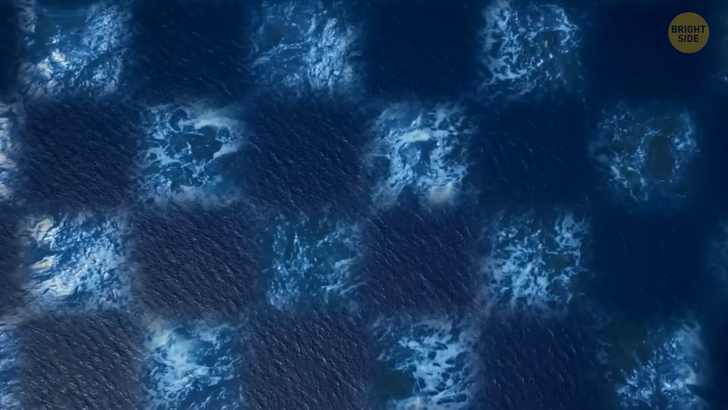
On the western coast of France, you’ll find the vacation hotspot known as the Island Of Rhé. It attracts tourists looking for scenic landscapes and beautiful beaches, but that’s not all it’s famous for. There, an extraordinary phenomenon occurs when two different wave patterns collide with each other: something called a ’cross sea’. It’s almost as if the sea were a checkerboard, divided into hundreds of squares. And no, it’s not an optical illusion.
A cross-sea only happens in places where different quality waters meet. For a tourist to see a cross-sea in Rhé, this probably means that there was a storm in a different sea nearby. This stormy water travels with the help of currents and meets the water of Rhé, creating these oddly shaped rip tides. Oh, and apart from this island and Israel, there’s nowhere else in the world where you could see such a thing!
The following site will either give you goosebumps or make you marvel at its weirdness. I’d say it depends on the time of day you visit. Next to the small town of Gryfino, in Poland, you’ll find a very unusual sight: a pine tree forest where each tree is bent at its base. If you visit it during the daytime, I guess you’ll be fascinated by these trees’ sharp 90-degree curves. You can even use their trunks as a stool if you decide to have a picnic, for example.
But visiting the site at night will most likely give you chills. A thin layer of fog hovers around, making the forest seem quite unwelcoming. Science still can’t explain why the trees are the way they are. So, are you a daytime or nighttime visitor?
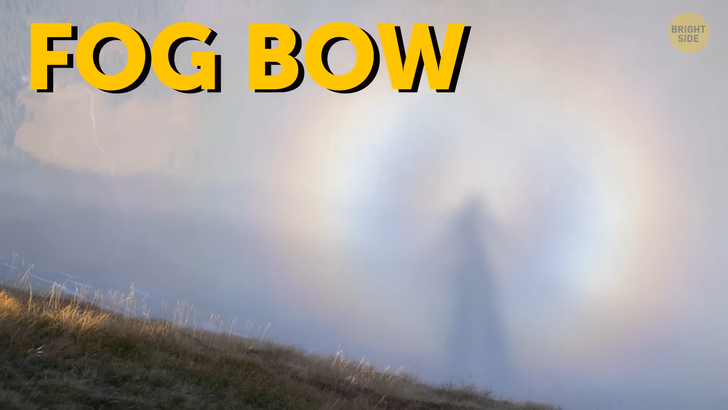
You went for a hike and suddenly encountered a big cloud of fog. This may ruin your photo-ops, but there’s one thing you can hope for! Foggy days are the perfect conditions for a phenomenon called Fog Bow, otherwise known as a white rainbow. This happens because of numerous tiny water droplets that cause fog — smaller than 0.002 in. So instead of the multicolored bow, you get a transparent one, with red outer edges and a bluish inner edge. Now, say you’re roaming in a little town in Europe.
Appreciating the century-old buildings and good summer weather. You feel hungry and decide to type into your Google Maps the name of that restaurant your friend recommended. Ah, it’s only 10 minutes away by foot. You follow the blue dot on your GPS and arrive at your destination — quick and easy. We all love this free piece of technology, don’t we? But what if I told you that the US spends over 2 million dollars daily to maintain the satellites to make it work? Yup! That’s the price. And to implement it, they spent over 12 billion US dollars.
Have you ever heard of something called a natural snowball? This could be proof that nature is really perfect. In 2016, the beaches of the Gulf of Ob, in northwest Siberia, were filled with rows of giant snowballs. Think balls measuring up to 3ft across. This rare yet beautiful natural phenomenon happens when small pieces of ice are rolled by strong winds and water. The further they roll, the more ice they gather and the more that ice is polished. They end up as giant, perfectly shaped snowballs. They look pretty amazing on their own, but it’s quite a sight when hundreds of them are together!











